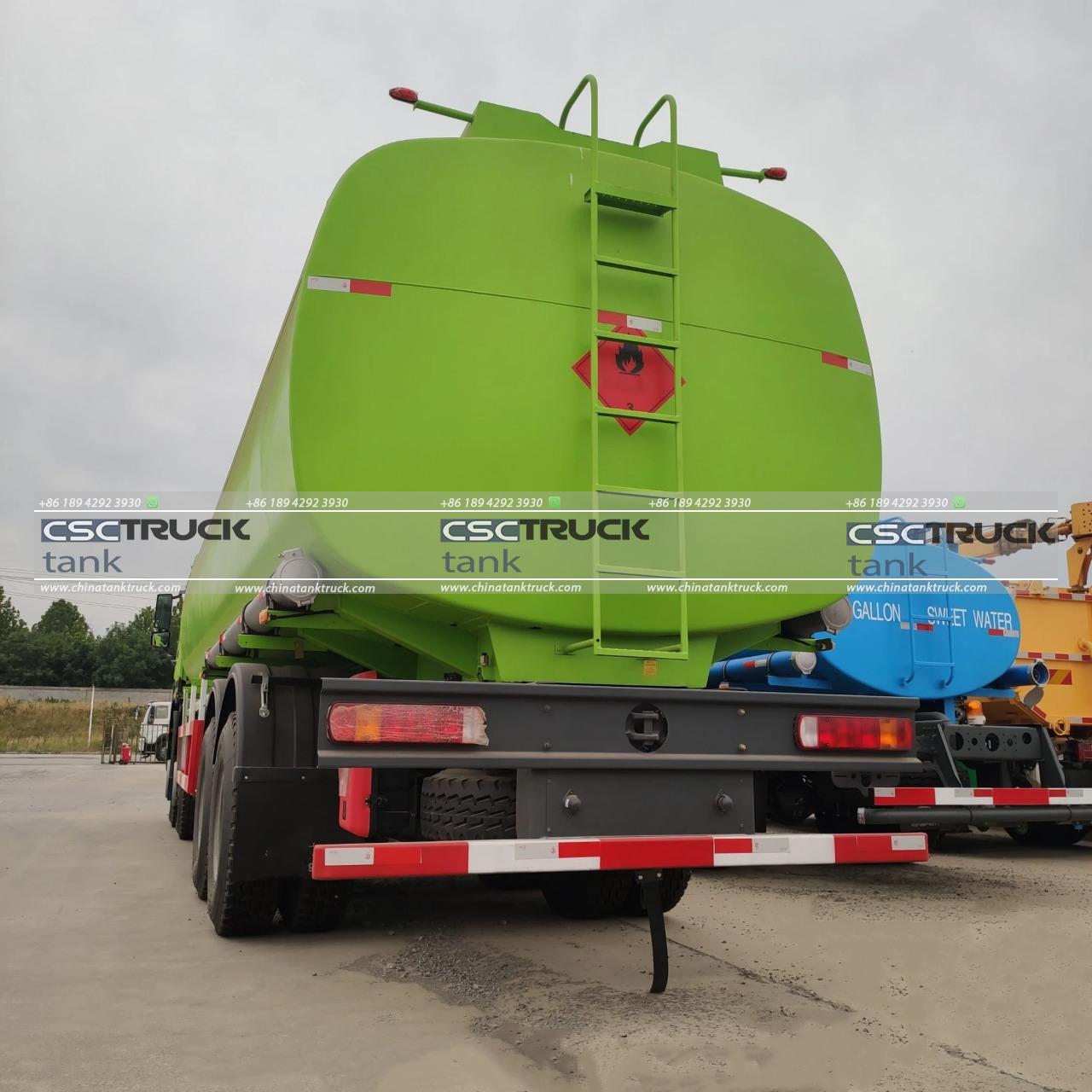What is the Difference between a Tank Truck and a Tank Wagon?
Tank trucks and tank wagons both play essential roles in transporting various liquids, gases and sometimes powders across short and long distances. Though they serve similar purposes, they are distinctly different in terms of design, usage, and operational contexts. Let’s dive into the fundamental differences between a tank truck and a tank wagon, covering everything from their design specifications and functionality to the industries they serve.
1. Definitions and Core Purpose
Tank Truck
A tank truck is a large, motorized vehicle designed for transporting liquids and gases over longer distances. These trucks are specifically engineered to carry various kinds of fluids such as fuel, water, milk, chemicals, and more. Tank trucks are robust, highly regulated vehicles meant for consistent transportation and delivery tasks across states, countries, and even continents in some cases. They usually feature advanced safety mechanisms and are categorized by the type of liquid or gas they transport.
Tank Wagon
On the other hand, a tank wagon is a smaller, non-motorized vehicle designed for short-distance transport, often within a facility, factory, or small distribution area. Tank wagons are typically used for transferring fluids between locations within a short distance, like a manufacturing plant or storage facility. They are usually hitched to a tractor or another motorized vehicle and are much smaller in size compared to tank trucks.
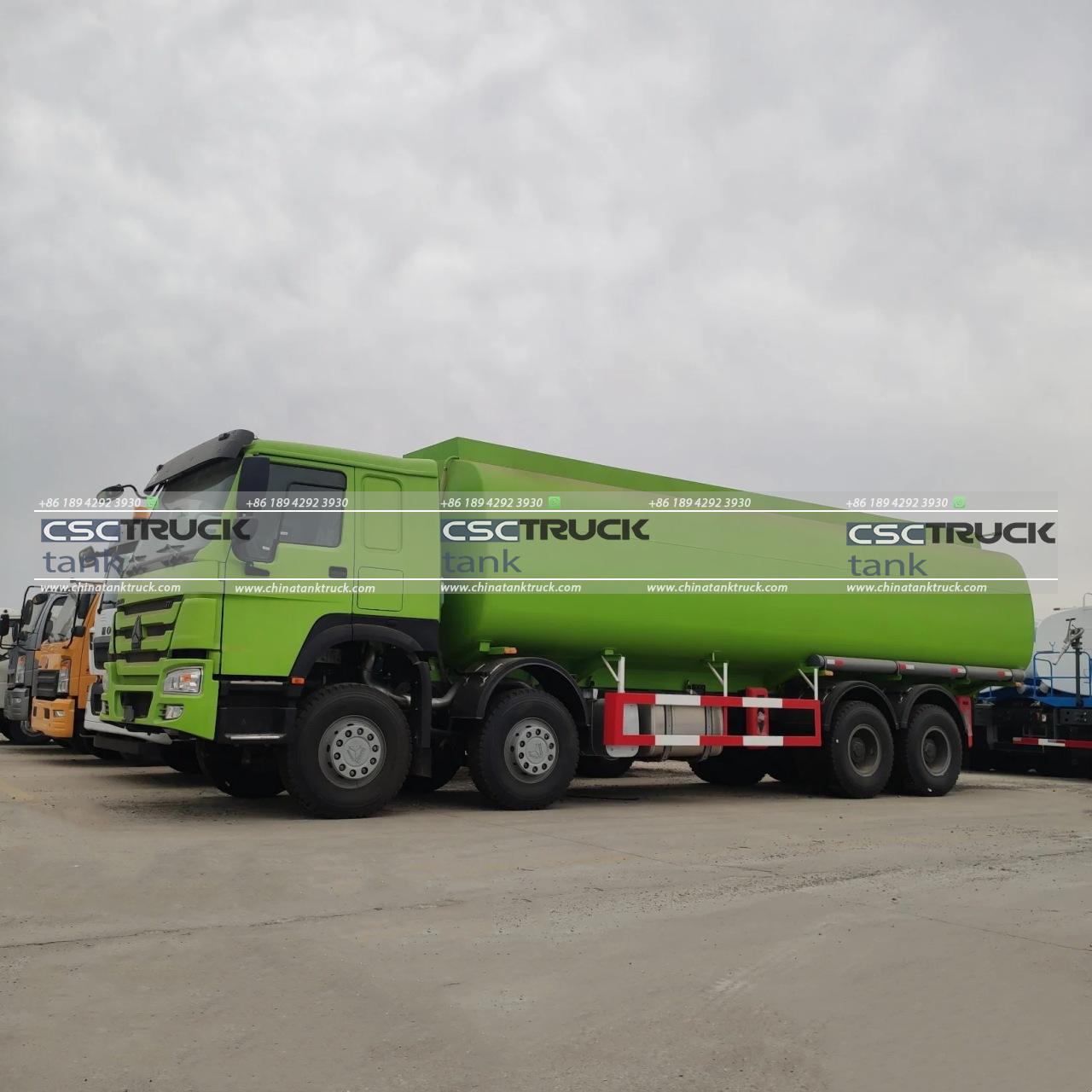
2. Size and Capacity
One of the most apparent differences between tank trucks and tank wagons is their size and storage capacity.
Tank Trucks
Tank trucks are generally large vehicles with a substantial carrying capacity. They can hold anywhere from 1,000 to over 11,000 gallons, depending on the type of liquid and the truck’s design. For example, a standard fuel tank truck may carry around 9,000 gallons, while trucks designed to transport milk or water might have a lower capacity due to safety or hygiene requirements.
Tank Wagons
Tank wagons are considerably smaller, with capacities ranging from as low as 100 gallons to about 1,000 gallons. They’re designed for local use, so they don’t need the high capacity of tank trucks. Tank wagons are ideal for quick transport tasks within limited areas, especially when moving liquids or gases between 2 close locations or filling storage tanks on a smaller scale.
3. Mobility and Range
The design and application of these 2 vehicles differ significantly in terms of mobility and range of use.
Tank Trucks
Since tank trucks are self-propelled, they can travel long distances on highways and roads. Their design includes engines powerful enough to haul large loads across varying terrains and endure extended periods of use. These trucks are essential for businesses that transport goods across cities, states, or even international borders, depending on the regulations of each country.
Tank Wagons
Tank wagons, being non-motorized, are limited to short distances and generally need to be towed by a tractor or another vehicle. Their mobility is restricted due to their smaller size, limited durability, and dependence on other vehicles for movement. In factories or agricultural setups, tank wagons are often pulled around to deliver or transfer liquids within a confined area.
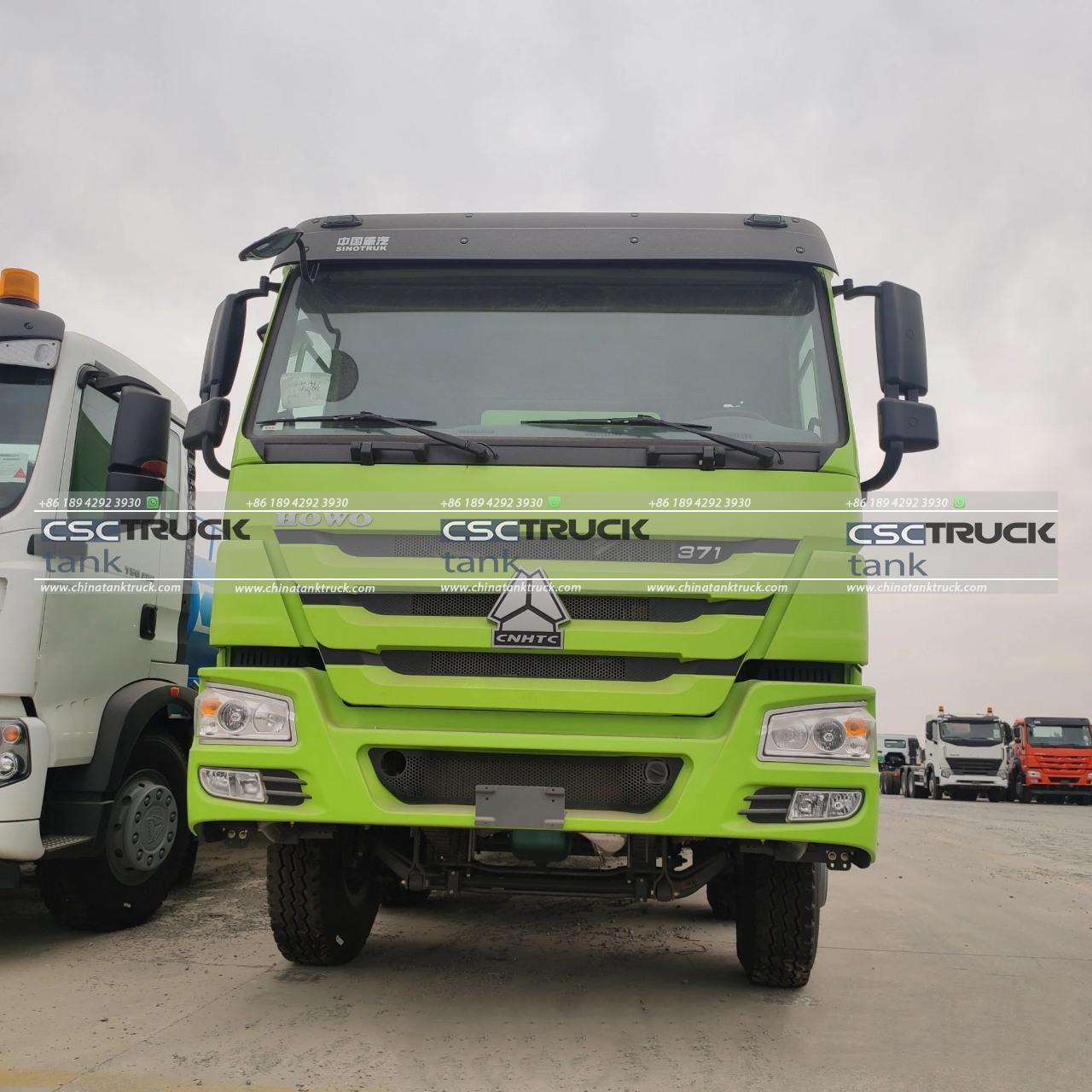
4. Construction and Materials
Tank Trucks
Tank trucks are constructed with durability and long-distance travel in mind. The tanks are typically made of high-grade stainless steel or aluminum, depending on the liquid being transported. Materials are chosen based on the fluid’s corrosiveness and regulatory requirements. For example, a fuel tank truck is made of specialized metals to withstand the corrosive nature of gasoline or diesel, while food-grade tank trucks use stainless steel to maintain cleanliness and prevent contamination.
Tank Wagons
Since tank wagons are not intended for long-distance travel, they are often made with lighter materials like regular steel or aluminum. However, certain tank wagons that transport hazardous or sensitive materials may also feature stainless steel construction. The construction specifications are generally less stringent for tank wagons compared to tank trucks, primarily due to their limited scope of operation.
5. Safety and Regulatory Requirements
Tank Trucks
Tank trucks are subject to strict regulatory guidelines, especially when carrying hazardous materials like gasoline, chemicals, or gases. In many countries, these regulations are mandated by transportation safety agencies, which set stringent guidelines for vehicle maintenance, material handling, driver certifications, and safety equipment. For example, the United States Department of Transportation (DOT) requires tank trucks transporting hazardous materials to meet specific standards to reduce the risk of spills, leaks, or explosions.
Tank Wagons
Tank wagons, on the other hand, have fewer regulatory requirements due to their limited usage. While certain safety standards still apply, especially when transporting hazardous materials within facilities, these regulations are not as extensive as those for tank trucks. Safety features like emergency shut-off valves and leak prevention systems might be present but are generally simpler and less comprehensive.
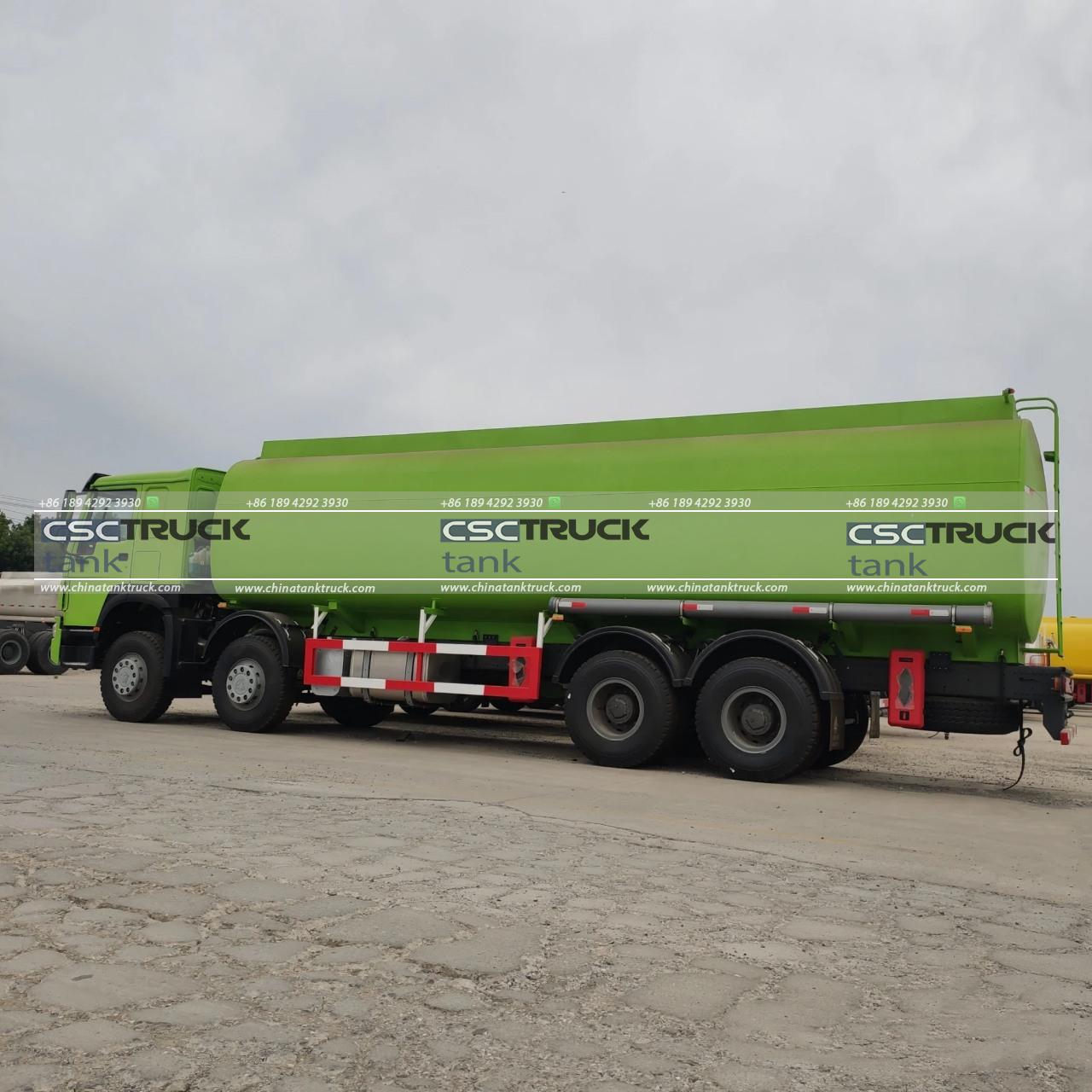
6. Common Applications and Industries
Tank Trucks
Tank trucks are widely used across various industries, including fuel transport, food and beverage, chemical manufacturing, water distribution, and agricultural sectors. These trucks are essential for delivering gasoline to gas stations, milk from dairy farms to processing facilities, chemicals to industrial plants, and water to areas without easy access to municipal water sources. Tank trucks play a critical role in the logistical chain for industries that rely on large-scale liquid transport over distances.
Tank Wagons
Tank wagons are more commonly found in settings where shorter transport needs are required. For example, in agriculture, tank wagons are often used for distributing water or fertilizers across different parts of a farm. In industrial settings, they may transport chemicals from storage areas to production lines or be used within refineries to transfer liquids. Since tank wagons operate within localized areas, they’re not as crucial for large-scale distribution but are invaluable for facilitating processes within individual facilities.
7. Cost Implications
Tank Trucks
Owning and operating a tank truck is a significant investment, as they are specialized vehicles that require advanced equipment, regular maintenance, and highly skilled drivers. The high purchase price and ongoing maintenance costs, especially for trucks carrying hazardous materials, are offset by the vehicle’s ability to transport large quantities over long distances. For businesses involved in large-scale liquid or gas transport, the cost of tank trucks is a necessary expenditure.
Tank Wagons
Tank wagons are relatively inexpensive compared to tank trucks. Since they do not require an engine or complex mechanical components, the initial cost and maintenance expenses are significantly lower. Tank wagons are ideal for companies that need to transport smaller volumes over short distances without the high costs associated with tank trucks.
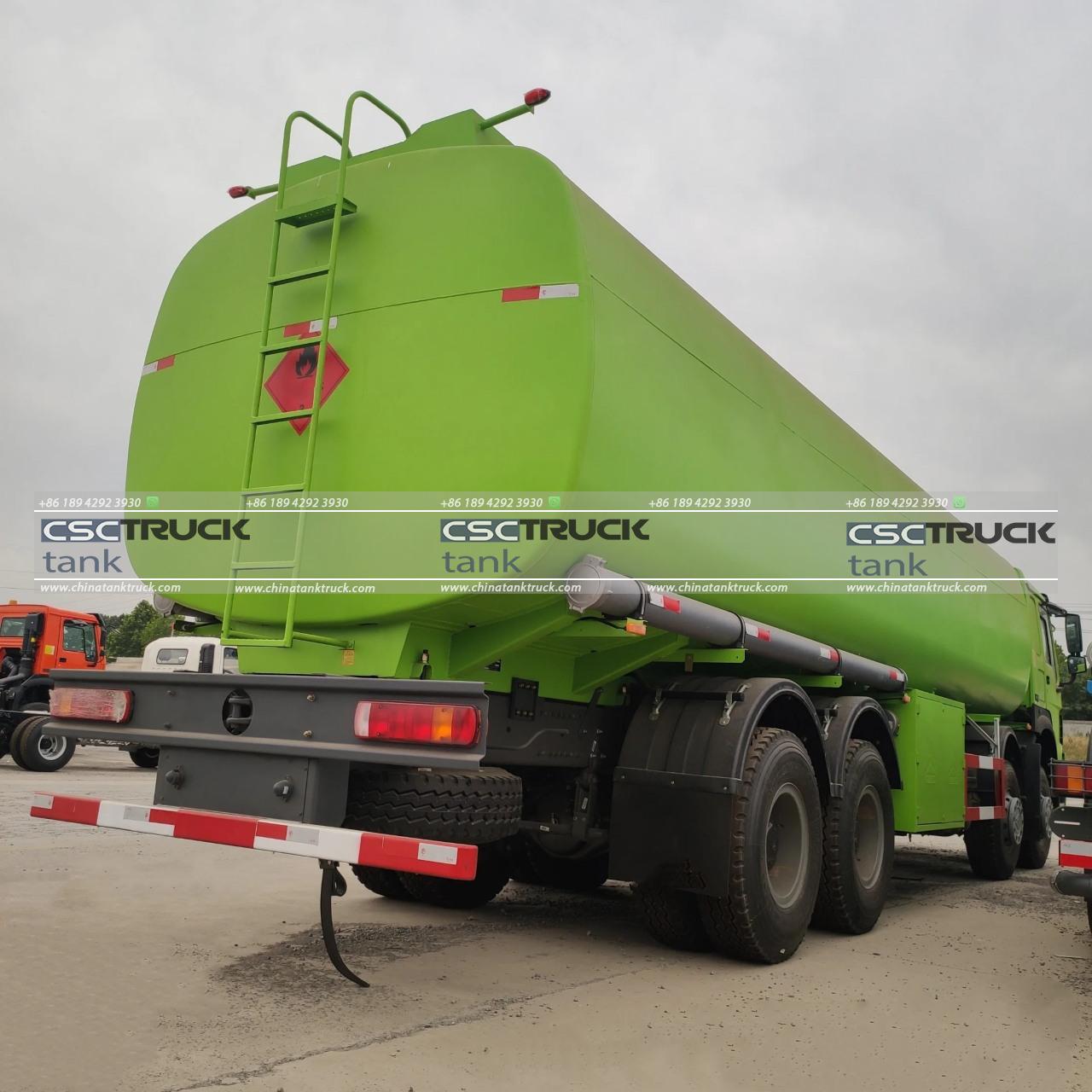
8. Environmental Impact
Tank Trucks
Given their larger engines and long-distance travel, tank trucks generally have a more significant environmental impact, especially in terms of emissions. However, technological advancements are helping to mitigate this, with many companies investing in eco-friendly alternatives like electric or hybrid tank trucks. Additionally, regulatory bodies are imposing stricter emissions standards, pushing for better fuel efficiency.
Tank Wagons
Tank wagons, being non-motorized, have a relatively minor environmental impact compared to tank trucks. Their limited mobility and range reduce emissions, making them a more environmentally friendly option when transporting fluids within confined areas or facilities.
Conclusion
In summary, while both tank trucks and tank wagons are integral to the transportation and distribution of liquids and gases, they serve different purposes. Tank trucks are powerful, motorized vehicles built for long-distance transport, adhering to rigorous safety standards and industry regulations. Tank wagons, on the other hand, are smaller, towed vehicles intended for short-distance transportation within limited areas. The key differences between the two vehicles lie in their size, mobility, construction, cost, and application areas. By understanding these differences, industries can make informed choices about which type of vehicle best suits their specific needs.
